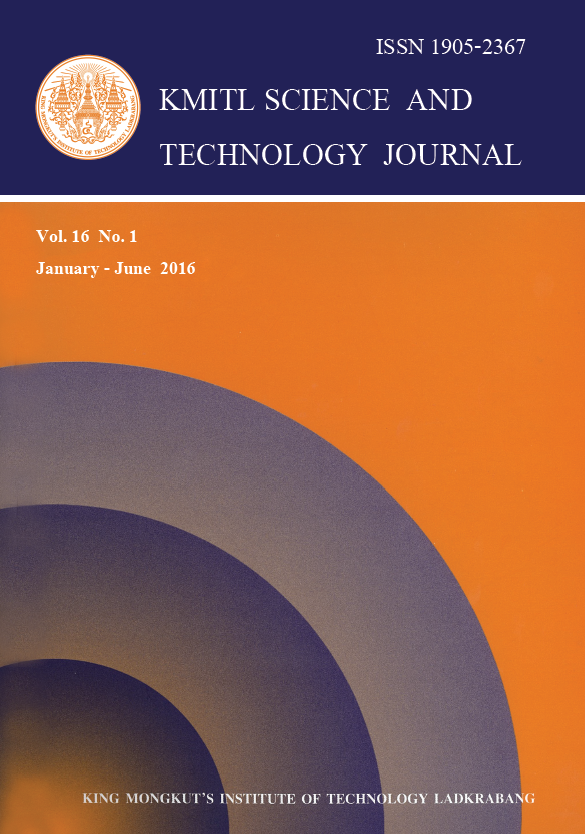In global positioning system (GPS), ionospheric delay is a dominant source of errors causing degradation in positioning accuracy. To compensate for the ionospheric delay, Klobuchar model is a well-known model which is currently used for civilian single-frequency GPS receiver. The coefficients of the model are broadcast daily in the GPS satellite navigation message for worldwide users. However, its accuracy can be alternatively improved by the total electron content (TEC) data provided by the International GNSS Service (IGS).In this work, we compare the ionospheric delays from the Klobuchar model with the TEC IGS modelat Chiang Mai, KMITL and SuratThani stations in Thailand during 2014.The results show that the maximum difference of about 6.25 meters occurs at Chiang Mai station. We then compare the receiver positioning errors when these two ionospheric delay compensations are applied at various seasons. The results show that the IGS TEC compensation gives more improvement than the Klobuchar compensation. The maximum percentage reduction of 95% error is 42.311% with IGS TEC compensation. The accuracy in June and December solstice is lower than March and September equinox. The positioning errors at the low-latitude stationarefound to be lower than the high-latitude station.
Keywords: Positioning accuracy, Ionospheric delay, Global positioning system
*Corresponding author: Tel.: +66 837709531
E-mail: 57601153@kmitl.ac.th (S. Jongsintawee)
Jongsintawee*, S. . (2018). Comparison of GPS Positioning Accuracy Using KlobucharModel and IGS TEC Model in Thailand. CURRENT APPLIED SCIENCE AND TECHNOLOGY, 1-10.

https://cast.kmitl.ac.th/articles/130034